Japan's upside-down SLIM moon lander wakes up on lunar surface and snaps new photos
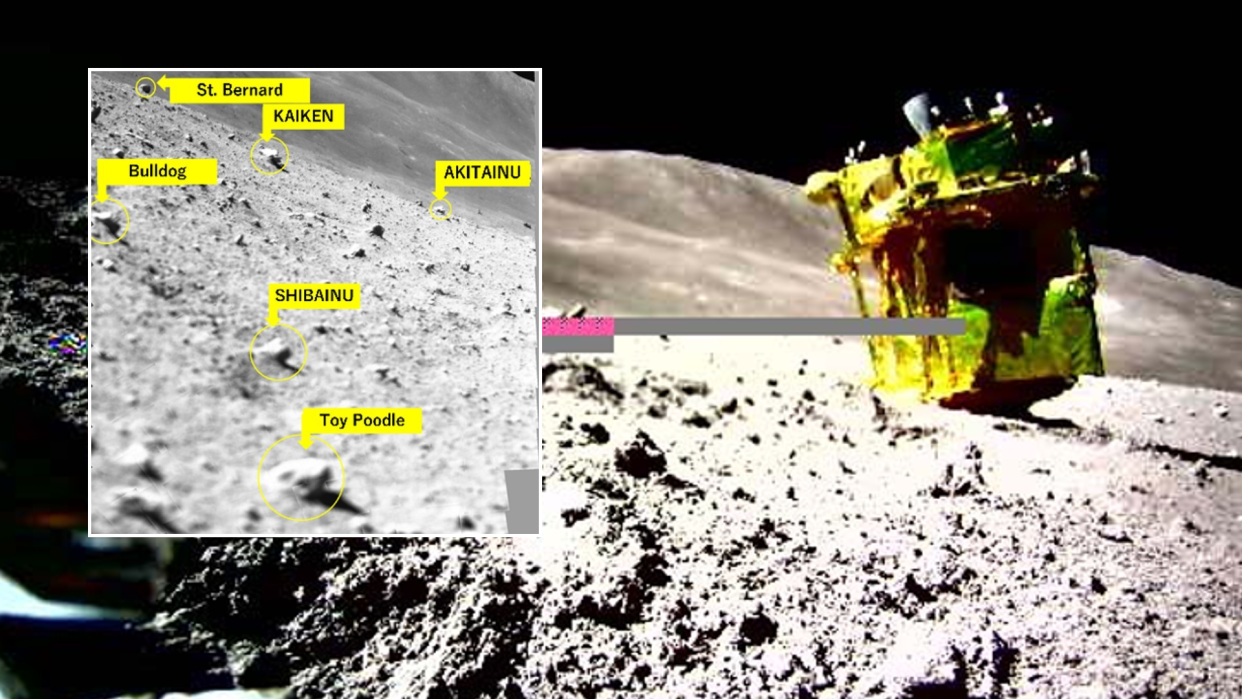
Ten days after making the first moon landing for Japan, the SLIM moon lander is suddenly awake again after arriving upside-down.
Mission operators with SLIM, or the Smart Lander for Investigating Moon mission, successfully made the first moon landing for the Japan Aerospace Exploration Agency (JAXA) on Jan. 19. SLIM's solar panels, however, were in shadow and the little moon lander quickly fell silent when its batteries ran out.
JAXA officials said during landing that they were holding out hope that the lander would call home again, once the sun reached the stricken lander on the surface. That confidence was repaid.
SLIM phoned home on Sunday (Jan. 28) and engineers quickly resumed operations, JAXA officials wrote in a statement on X, formerly Twitter, automatically translated from Japanese by Google.
Related: Japan's SLIM moon lander photographed on the lunar surface — on its nose (image)
"We immediately started scientific observations with MBC, and have successfully obtained first light," read the JAXA statement, with "first light" referring to the first use of an instrument to take images. MBC, the Multi-Band Camera, is designed to scour the lunar surface for the composition of olivine through analyzing the light signatures, or spectra, of reflected sunlight, according to the Planetary Society.
Olivine could be a clue to early solar system formation of rocky worlds like our own. The mineral is one of the main parts of the Earth's mantle, and also tends to be concentrated in lunar locations "where the crust is relatively thin," states a 2010 paper in the journal Nature that includes JAXA participation. One of those zones is the moon's south pole, where NASA, Japan and a coalition of other nations under the U.S.-led Artemis Accords plan to send astronauts later in the 2020s.
SLIM's landing site is Shioli Crater, a zone filled with old impact rubble within the Mare Nectaris or Sea of Nectar. The mission's landing area is roughly 200 miles (322 kilometers) south of Mare Tranquillitatis (the Sea of Tranquility), according to CNN. The Sea of Tranquility is an approximately equatorial landing site where the first moon astronauts from Apollo 11 touched down in 1969.
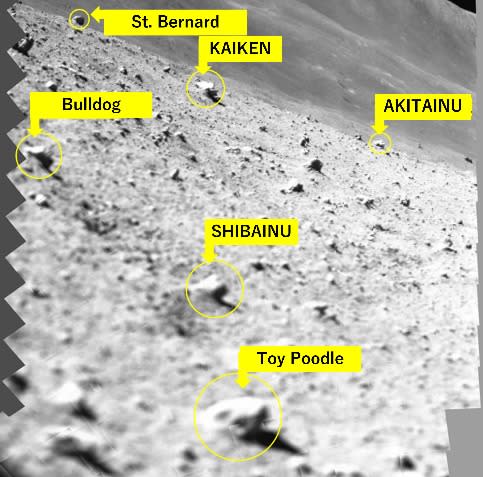
SLIM sent back photos of its landing zone on Sunday and JAXA is now "sorting out rocks of interest, assigning a nickname to each of them, with intent of communicating their relative sizes smoothly by the names," officials added in an English-language press release.
The nicknames in the image appear to be invoking size by dog breed, ranging from diminutive "toy poodle" to the large and powerful "St. Bernard."
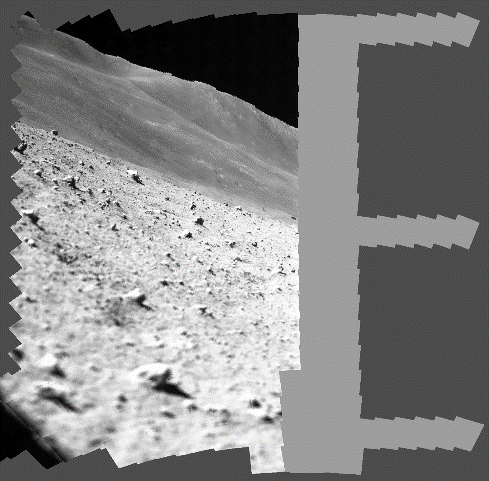
Even better science might be possible soon: "Preparation is underway to promptly conduct 10-band high-resolution spectroscopic observations, once the solar illumination condition improves and SLIM recovers by the power generated by the solar array," the press release added.
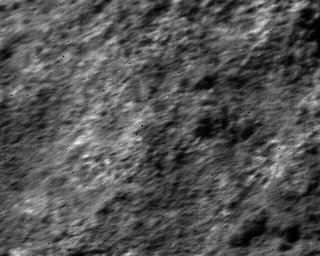
While JAXA hasn't said how long SLIM will conduct observations in its skewed state, the mission is designed to operate for a single lunar day (two weeks) as long as sunshine is available.
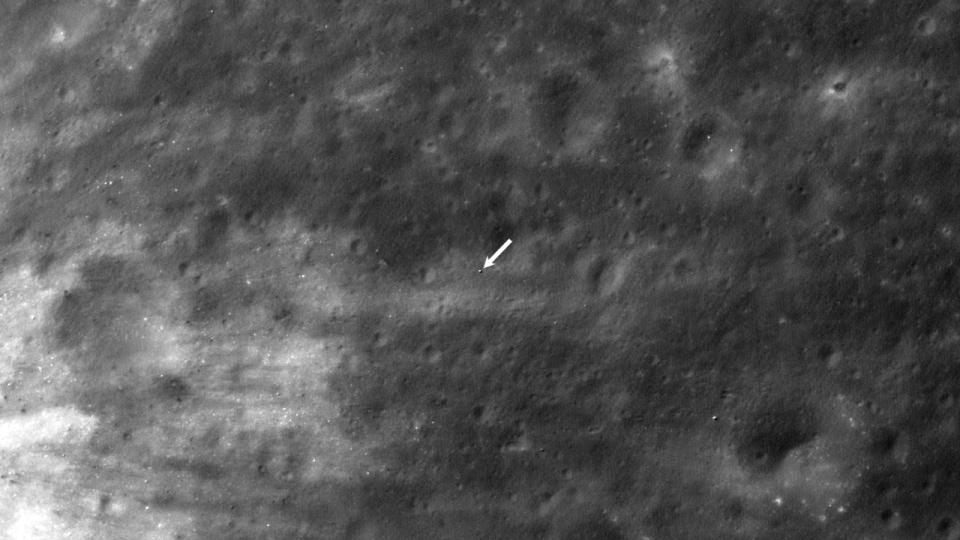
SLIM isn't designed to survive the two-week-long cold and dark lunar night, but its design is robust enough that it may wake up again from that hibernation next month to do even more science; that's according to remarks from Hitoshi Kuninaka, director general of Japan's Institute of Space and Astronautical Science (ISAS), reported by National Public Radio on Jan. 22.
The report did not specify in what ways SLIM's design is meant to accommodate surviving the deep night cold of the equatorial moon's temperature of -208 degrees F (-130 degrees Celsius), before emerging again from sleep mode.
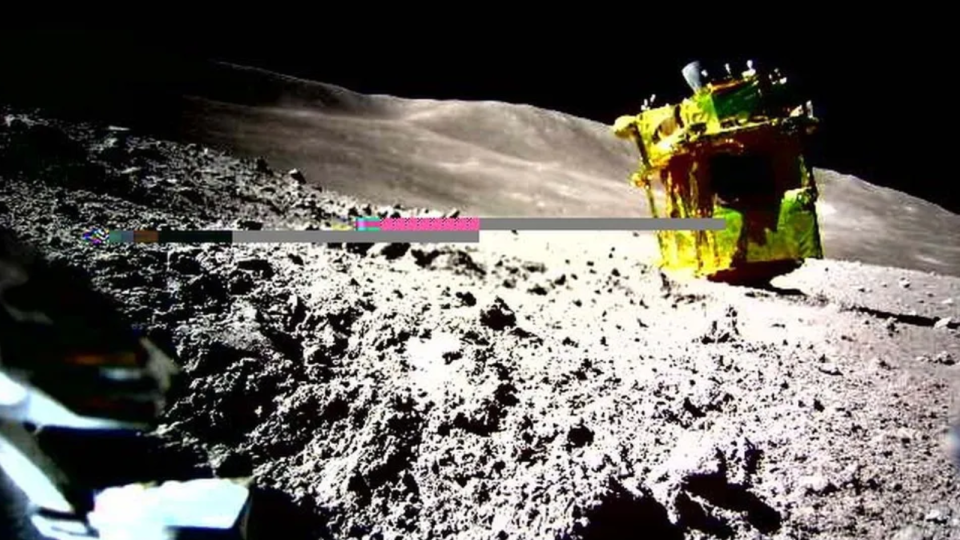
SLIM had an engine failure during descent that placed it upside down, but otherwise the mission met its goal of getting very close, to within 328 feet (100 meters), of its target landing site. But SLIM's unexpected orientation left it unable to receive power via its solar panels in the hours after landing.
After landing Jan. 19 during first-quarter illumination conditions on the moon, the battery on SLIM fell two days later to 12% capacity. That critical battery level generated an automatic power down "to avoid being unable to restart for a recovery operation due to over-discharge," SLIM team members stated on X.
RELATED STORIES:
— Why Chandrayaan-3 landed near the moon's south pole — and why everyone else wants to get there too
— Not dead yet: Japan prepares for possible recovery of SLIM moon lander
Before its first shutdown, SLIM successfully sent out two mini-rovers it carried to the moon, called EV-1 ("Lunar Excursion Vehicle" 1) and LEV-2. The rovers are operating flawlessly and the ball-like LEV-2 sent home a picture of the skewed SLIM lander. SLIM then regained its power on Sunday, three days after the full moon.
Japan is the fifth country to soft-land on the moon following success from the Soviet Union, the United States, China and India. Another big moon arrival is possibly coming up soon: NASA plans to bring a set of science payloads to the surface with IM-1, the debut moon landing effort from Intuitive Machines. That mission may lift off on a SpaceX Falcon 9 rocket on Feb. 14, according to Spaceflight Now's launch calendar.
NASA's Commercial Lunar Payload Services (CLPS) program aims to bring robotic sentinels to the moon like IM-1 to support the Artemis program astronaut missions. The first CLPS mission by Astrobotic in December 2023 saw the Peregrine lander miss the moon and re-enter Earth's atmosphere weeks later.

